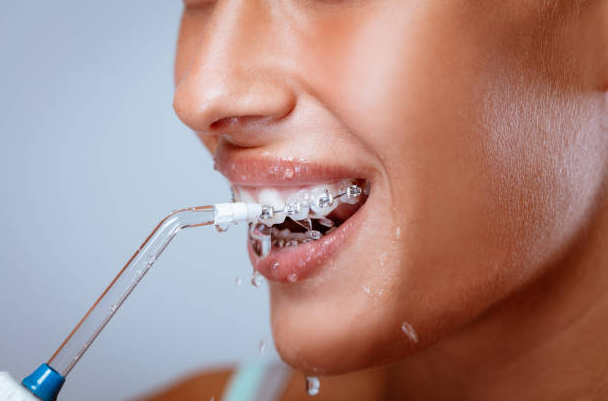Errore nel formato dell'e-mail
emailCannotEmpty
emailDoesExist
pwdLetterLimtTip
inconsistentPwd
pwdLetterLimtTip
inconsistentPwd


What are the benefits of cleaning between teeth?
Tooth Gap Cleaning Tool
1. Dental floss: The price of dental floss is low, but the threshold for using skills is high. After the dental floss is inserted into the gap between the teeth, it must be pulled from the bottom to the top along the edges of the teeth on both sides of the gap in order to scrape off the plaque from the adjacent surfaces of the teeth on both sides. This process requires great skill and can damage the gums, causing them to bleed.
2. Interdental brush (gap brush): The interdental brush itself is not a daily cleaning tool, but a medical device that is only suitable for patients with moderate to severe periodontal disease. Like flossing, interdental brushes require skill and dexterity to operate and can damage teeth if used incorrectly.
3. Water flosser: Easy to operate, easy to master how to use, suitable for people of all ages. And the cleaning efficiency is high, it can clean deep tissues, and it can be combined with specially designed nozzles, such as special nozzles for orthodontics, which can easily clean the places where dental floss is difficult to clean. It is very helpful for dental implants and orthodontic treatment.

Benefits of cleaning between teeth
1.Reduce bad breath
It is estimated that globally, about 10% to 65% of people have bad breath, of which 80% to 90% are related to the oral cavity.
Food residue, tongue coating, and dental caries are the most common causes of bad breath. The odor in the oral cavity mainly comes from the microorganisms (mainly Gram-negative anaerobic bacteria) hidden in the crevices of the teeth, which multiply and decompose food residues to produce secretions with odor, thus causing bad breath.
2.Preventing Periodontal Infection
Bacteria in dental gaps secrete substances that can cause bad breath at best, and at worst can lead to periodontitis or abscesses, entering a vicious cycle of oral environment.
The World Health Organization and the FDI (FDI) have set specific oral health goals - maintaining a clean and healthy environment for the oral and dental systems, with the emphasis on oral hygiene being the control of plaque, the elimination of dirt and food residues. Poor oral hygiene and lack of timely oral hygiene after meals are the main causes of halitosis, which shows the necessity of brushing teeth after each meal and daily use of dental floss for cleaning.


